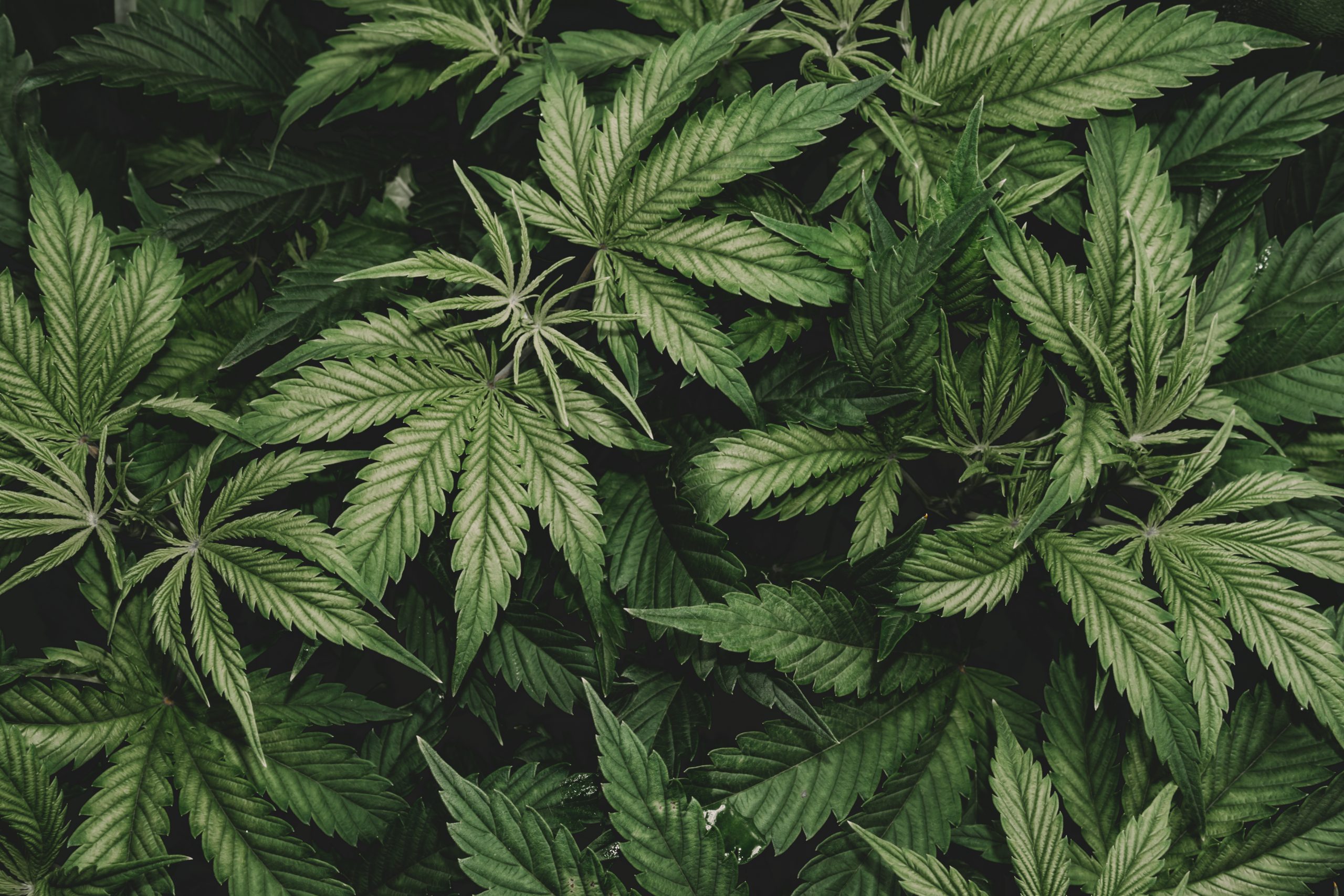
ALL YOU NEED TO KNOW ABOUT HEMP PACKAGING
Building sustainability into your brand can be challenging – especially when efficiency and quality are high-stakes corporate values. Finding a sustainable product that checks all of those boxes seems like a pipe dream and can leave one thinking, is it even possible?
Enter Hemp – the sustainable packaging material that continues to surprise and delight us at every turn. It’s a wonder plant with endless benefits and a growing list of applications in the packaging world. And with the USDA’s new ruling increasing the threshold for THC levels in hemp harvesting, we’re hoping to see more production and processing of hemp here in the US.
Keep reading for the full report on hemp – its history, eco-friendly benefits, and possible use cases in the packaging world.
HEMP’S HISTORY
Hemp is actually one of the oldest sustainable materials in history. The first known cultivation of hemp was recorded in China as early as 2800 BCE. In fact, the very first paper in the world was partly made from hemp, and as a plant, hemp is more suitable for paper than wood, as it has a higher cellulose and lower lignin content. During the middle ages, sailing ships became dependent on hemp, using canvas sails (which is actually derived from the word cannabis) and hemp rope due to it being three times stronger than cotton and resistant to salt water. From the 1500s to the early 1900s, hemp was a major crop worldwide, and up till the 1920s, 80% of clothing was made from Hemp textiles.
In the US, it was one of the largest crops produced until the 1930s, when big synthetic textile companies and newspapers used lobbying powers to prohibit its cultivation. It saw a brief resurgence during WWII, as it was used to make military items such as army uniforms, canvas tents, and rope. However, it was restricted again in the 1970s with the passing of the Controlled Substances Act.
Most recently, as part of the Agriculture Improvement Act of 2018, or the 2018 Farm Bill, signed by President Donald Trump, the industrial production of hemp was federally legalized for cultivation and distribution as a legal agricultural product. This is exciting news for the industry, but will require heavy production and processing investment in order to make the product more mainstream for textile and packaging use.
Today, the five largest producers of hemp world-wide are (in order): China, Canada, US, France, and Chile.
WHAT MAKES HEMP SO EARTH-FRIENDLY?
Hemp itself can be a highly sustainable crop, if grown under the right conditions. Here’s a list of properties that make this gem so earth-friendly:
Recyclability – Hemp paper can be recycled up to 8 times, compared to just 3 times for paper made from wood pulp.
Quick Turnaround – Hemp stalks take around 4 months to mature, while trees can take between 20 to 80 years.
Low-Maintenance – It requires very little water, and depending on local rainfall amounts, sometimes no additional irrigation is necessary. It can also be grown without the aid of pesticides.
Durability – Hemp paper is more durable than tree paper. Hemp paper does not yellow, crack, or deteriorate like tree paper.
All-Natural – Hemp pulp does not require bleaching or as many chemicals as wood-pulp. It also does not require the use of chemical pesticides or fertilizers to grow.
Farmer’s Friend – Hemp can have a beneficial effect on soil by replenishing vital nutrients. In some areas, it is being grown on land to extract such pollutants as zinc and mercury from the soil. Its root system minimizes soil erosion. It can be planted repeatedly on the same land and is often used as a “rotation crop” to heal the soil between growing other crops.
Biodegradable – Untreated hemp is completely biodegradable. Things like dye, toxic chemicals, blended fibers and trims can hinder biodegradability.
So, what’s the catch?
According to Ministry of Hemp, because hemp production has been illegal in the US for so long, there’s still not enough raw material available to replace all of our uses for trees. We also lack the mass-production capabilities here in the US to convert it paper, and because it is labor intensive to process, hemp pulp is more expensive than wood pulp. The good news is that this is changing, as more investment is made in the industry domestically and worldwide.
HOW CAN HEMP BE USED IN PACKAGING?
Brands in the beauty and fashion worlds are getting more and more creative with their use of hemp. Examples range from Rothy’s new Hemp Collection of footwear to LOLI Beauty’s innovative zero waste packaging, made of mushrooms and wrapped in up-cycled hemp paper. Hemp bio-plastics are also gaining traction, with applications ranging from beauty packaging to surfboards to food storage and dinnerware.
Hemp Packaging Products: Hemp-based papers and fabrics can be converted into several packaging products and can even be mixed with post-consumer waste content such as recycled paper.
Boxes
Folding Cartons
Reusable Totes
Belly Bands
Hang Tags
Gift Card Holders
Product Inserts
Ribbon / Cord
Backpacks
Gift Bags
Dust Bags
And More
Hemp Paper: How can it be customized?
Offset Printing
Full Color CYMK or Pantone Printing
Digital Color Printing
Large Format Inkjet
Letterpress
Foil Stamping
Deboss/Emboss
HOW DO I LEARN MORE?
If you’re interested in investing in hemp-based products for your business, give us a call. We’d love to help you explore ways to integrate this wonder material into your packaging program.